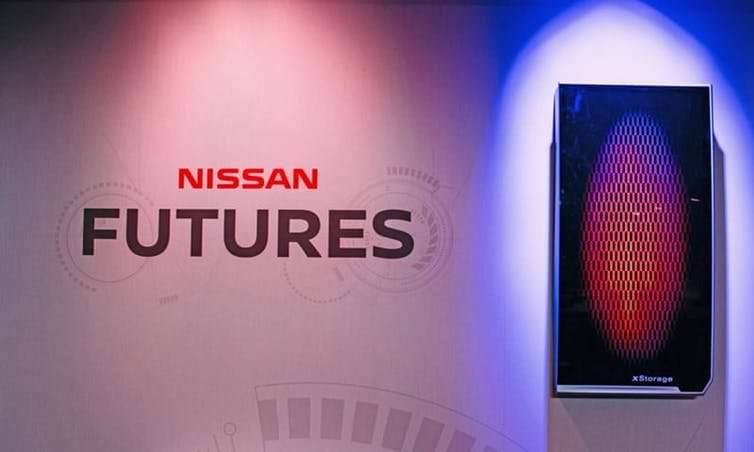Credit: RDNE Stock project from Pexels
The electricity sector is experiencing a profound disruptive shock. This is due to technological innovation including the falling costs of renewables and energy storage, along with tougher environmental policies and regulatory reform.
These changes are most apparent in Australia, the EU and parts of North America, where once-powerful utility companies are struggling or restructuring to survive. But, as I've looked at in a recent report, decision-makers elsewhere are asking whether these power markets are outliers or if they herald a global shift.
Global investment in renewable energy – excluding large hydropower – was just under US$279 billion in 2017, a rise of 2% on the previous year. Wind and solar account for most of this. In fact, as technology and installation becomes cheaper, non-hydro renewables accounted for 61% of all the new installed power capacity (that's including all fossil fuel, nuclear and hydro) across the world in 2017.
If we are to address climate change, such changes must continue. While the construction of wind and solar was initially stimulated by decarbonisation policy, now it is driven by economics. As renewables continue to be deployed, they become ever cheaper to build and install. Solar is already at least as cheap as coal in Germany, Australia, the US, Spain and Italy. By 2021, it is also expected to be cheaper than coal in China.
Integrating all this new power may become costly. National power systems have been designed for centralised coal or gas power stations, after all, which can more easily be switched on and off to ensure supply meets demand. Things are much more challenging when renewables are involved, as the sun doesn't always shine, and the wind doesn't always blow.
A new energy system is emerging
Innovations in energy storage and digital technology promise to keep these costs down, but the big traditional utilities are failing to keep pace. This has left new actors free to provide new technologies and business models.
Nissan has moved into the home battery market. Credit: Eaton/Nissan
Storage is a key technological element of the new system. Fortunately, the development of electric vehicles (EV), to address climate change and localised pollution, is being seen as a key driver of change for transport and power sectors. EV sales are set to increase dramatically, stimulated by recent government targets and policy support, while the prices of lithium-ion batteries decline sharply.
A plethora of large and powerful car manufacturers are getting into electric vehicles, prompted by government sales targets and the speed at which the total cost of owning an EV is approaching that of a traditional petrol car. Honda wants two-thirds of its sales to be electric or hybrid by 2030, BMW is aiming for 15–25% by 2025, while both Volvo and Jaguar Land Rover are targeting 100% by 2020.
Many of these companies are now making use of their manufacturing capabilities and moving into selling home storage units for electricity, which aren't too different from an electric car's battery. These storage units mean that people with solar panels will be able to consume more of their own electricity. This is further reducing the market for traditional firms and creating new competitors as some of the world's largest manufacturing companies enter the power sector for the first time.
Going digital
As in many other sectors, digitalisation is another disruptive change. Smart meters in particular mean energy firms can better monitor and understand their customers, which enables even more flexibility – imagine energy supplies tailored to individual households and times of day.
These increasingly complex electricity systems will rely on machine learning algorithms to know when and where energy will be needed. Internet giants like Google and Amazon are already piloting and exploring the opportunities. Who would bet against Amazon becoming a major power supplier in the next decade? Blockchain technology could also enable a peer to peer energy market, allowing neighbours to sell excess power to one another and potentially further reducing the role of traditional firms.
Over the past few years, there have been significant changes in the power sector, resulting in declining profits and the restructuring of traditional utilities. However, looking forward, the electrification of the transport and eventually heat sectors, and increasing digitalisation is likely to lead to far more significant disruption than we have seen to date. This will bring in a whole new set of companies and potentially engage consumers like never before.
Provided by The Conversation
This article was originally published on The Conversation. Read the original article.![]()

























